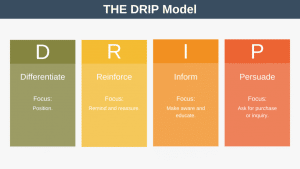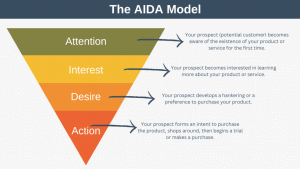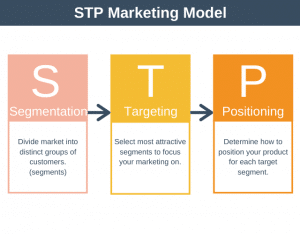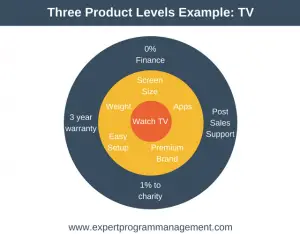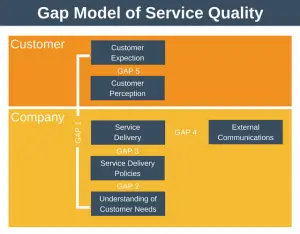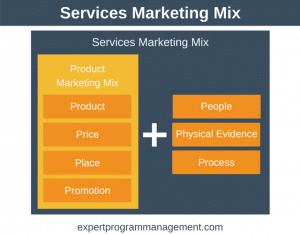Price is the only part of the marketing mix which is related to generating revenue, all other parts relate to sunk costs. There are obviously many different ways in which products can be priced. Whilst these will probably be familiar to you as a consumer you may not be aware of the specific marketing term for each if you are new to marketing, or working in a project management/program management capacity.
If you think about it, you will realize that pricing is about many different things. It could be about simply company survival. It could, of course, be about maximising profits and margin. It could be about bringing cash flow into the company as quickly as possible. You might even want your prices to say something about the actual quality of the product or service you offer.
Let’s run through the different pricing strategies in turn. As we go through the list you’ll probably find you’re familiar with most of them, but probably haven’t though of them in this way before.
Bundle Pricing
This is when several products are bundled together as one new product, and is often used to sell old inventory. For example, you may have all Star Wars movies but you don’t have the limited edition collectors box-set.
Captive Pricing
This is used in products that cannot be used without a partner product. It involves the company setting a perceived low price for the main product, and a high-margin price for the partner product. Examples include computer printers, which are are inexpensive yet the ink is relatively expensive once it needs to be replaced, or a razor which is a low price but the replacement blades are high-margin.
Economy Pricing
This is exactly as it says. All costs are kept low, including marketing, which is usually only used to point out how cheap the product is. An example of economy pricing is “own brand” products found in major supermarkets.
Geographic Pricing
In this pricing model price will vary by territory. The price of a good, for example, may be less in developing markets than in developed markets where consumers have more disposable income.
Optional Pricing
In this model the company tries to sell you options once you’ve decided to buy-in. This will be familiar to most people who’ve bought a new car. It’s not uncommon for a $30k car to cost $35k once your options have been added.
Promotional Pricing
This will be familiar to anyone who’s ever stepped foot in a supermarket. Promotional offers include ‘buy 3 for the price of 2’ and ‘buy 1 get 1 free’.
Psychological Pricing
This is based on the premise that certain prices have a psychological impact on the customer, and results in non whole number pricing such as $9.99. The theory argues that because customers are not 100% rational, but also emotional, these prices drive demand further than if whole number pricing was used.
Product Line Pricing
This strategy puts in place a simple pricing structure reflective of the benefits offered by the product range. An example from the PC world is that most manufactures have one price for their ‘home’ model, another for their ‘office’ model, and another for the ‘graphics’ model of the same computer.
Premium Pricing
This is when a higher price is used because there is something unique (a competitive advantage) about the product. Think of the price discrepancy between a Apple MacBook and a typical Windows based laptop.
Penetration Pricing
Here prices are set low, or even artificially low in order to get market share. Once market share is obtained, the prices are increased.
Price Skimming
Here, when your product first enters the market you charge a high price because you have a competitive advantage. The price is then lowered over time as this competitive advanage diminishes and then disappears. This strategy is commonly used by electronics manufacturers.
Value Pricing
This is where price is set based on the perceived value to the consumer. For example, BMWs sell at a premium price relative to other models yet they themselves are a mass produced good (pile ‘em high, sell ‘em expensive).

